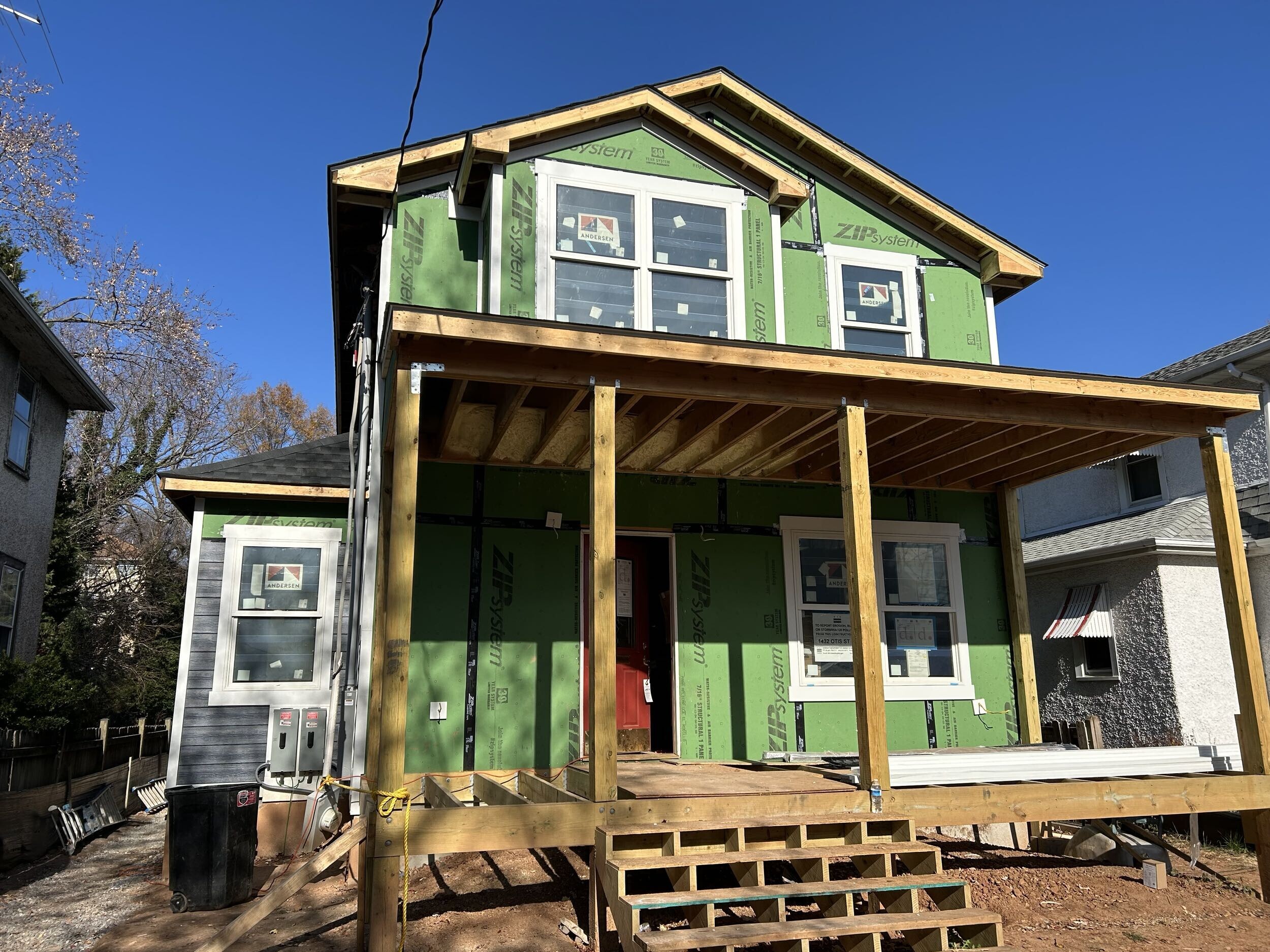In continuation of our previous articles on construction costs “Are renovation costs still increasing? 2021″ and “Update: Are renovation costs still increasing? 2023” we once again explore how the current financial environment is impacting those considering renovations.
We understand that the current tariff situation and anticipating future cost increases are crucial to many homeowners’ project size, scope, and timing. While there is a great deal of uncertainty, the facts, history, and information available indicate a much less dire situation than might be otherwise perceived.
Current Tariff Landscape and Impact
As of late April 2025, the United States has implemented a series of tariffs affecting key construction materials. These include:
- Steel and Aluminum: A 25% tariff is in effect on many steel and aluminum imports globally, superseding previous exemptions. Derivative products are also included. These tariffs directly impact the cost of structural steel, rebar, piping, ductwork, and other essential components.
- Canadian and Mexican Goods: While tariffs on products compliant with the United States-Mexico-Canada Agreement (USMCA) are currently paused until July 9, 2025, a 25% tariff on other goods from these countries is in effect. This affects lumber, drywall (gypsum), and potentially other materials. A 10% tariff applies to certain Canadian energy and critical minerals.
- Chinese Goods: Tariffs on goods imported from China have been significantly increased to a total of 145% (combining previous tariffs with the recent across-the-board increases). This has a broad impact on various construction materials and components, including machinery, electrical equipment, and prefabricated elements.
- Universal Tariff: A 10% tariff applies to almost all goods imported into the United States, in addition to any existing tariffs, except for those from Canada and Mexico that fall under the USMCA.
- Lumber and Copper: Investigations into the national security implications of lumber and copper imports are underway, with potential tariffs to be determined by November 2025. Existing tariffs on Canadian lumber are also set to potentially double later this year, exceeding 50% in total.
These tariffs are already translating to higher material costs. Since the beginning of 2025, steel prices have seen increases ranging from 15% to 25%, and aluminum costs are up by 8% to 10%. Lumber prices have also risen by 10% to 15% in anticipation of tariffs. These direct price hikes may strain project budgets.
The impact extends beyond material costs. Price volatility has increased, making long-term cost forecasting difficult and leading to more conservative project planning. Lenders are becoming more cautious, and project funding may become more difficult for many homeowners.
While much of this news sounds bleak and intimidating, it is important to keep things in perspective. For instance, data from the National Association of Home Builders (NAHB) /Wells Fargo Housing Market Index (HMI) April 2025 survey reveals that builders estimate a typical cost effect from recent tariff actions at $10,900 per home. Although this is not an insubstantial cost increase, the average cost of a new construction home in 2024 was $665,298, which calculates to only a 1.6% increase.
Projections on Future Cost Increases
Looking ahead, several factors suggest continued cost pressures on construction projects due to tariffs:
- Resumption of USMCA Tariffs: The current pause on tariffs for USMCA-compliant goods from Canada and Mexico is temporary, set to expire on July 9, 2025. If these 25% tariffs are reinstated, significant price increases for lumber, drywall, and other materials sourced from these key partners are likely.
- Potential New Tariffs: The ongoing investigations into lumber and copper imports could lead to additional tariffs on these crucial materials by November 2025. The potential doubling of tariffs on Canadian lumber later in the year would further exacerbate costs.
- Broad Impact of Universal Tariff: The 10% tariff on nearly all imports, while seemingly moderate, will contribute to increased costs across a wide range of construction components and materials.
- Retaliatory Tariffs: The global economic uncertainty caused by these tariffs raises the risk of retaliatory tariffs from other countries on U.S. exports, potentially impacting the demand and cost structure for U.S.-made construction equipment and materials.
- Labor Market Impacts: While material costs are a primary concern related to tariffs, potential restrictions on immigration could exacerbate existing labor shortages in the construction industry, leading to increased labor costs as well.
Industry experts, including JLL, project overall construction costs, including labor and materials, to rise between 5% and 7% in 2025 before fully accounting for the potential reinstatement of USMCA tariffs.
Conclusion
It is important to remember that materials likely affected by tariffs account for approximately 35% of our client’s contract prices. Following this math, if tariffs increase costs by 10%, the current high-end of expert estimates for 2025 would increase overall project cost to clients by about 3.5%.
In our experience, which is supported by US Census Bureau data, residential construction projects rarely go down in price and have never reduced by any substantial amount since the tracking began in 1964. Additionally, even through the 16.5% cost increase of 2022, the highest on record, Moore Construction Group honored all of our project contract prices, at great loss, without our clients owing an additional cent.
In summary, while tariffs have inarguably created a great deal of uncertainty pertaining to renovation costs, it is unlikely that overall contract prices will significantly change in 2025. We will continue closely monitoring the indexes, policies, and market trends affecting home renovations and endeavor to share our findings in future articles.


